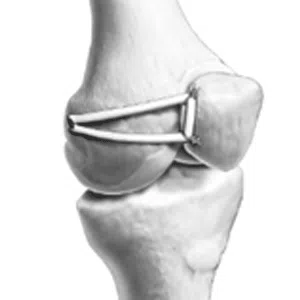
Medial patellofemoral ligament (MPFL) reconstruction surgery is a surgical procedure used to stabilize the patella (kneecap) in patients who have recurrent patellar dislocations. The MPFL is a ligament that connects the patella to the femur (thighbone) and helps keep the patella in its proper position.
The surgery begins with arthroscopic evaluation of the knee. Subsequently, a graft is taken from a tendon (usually the hamstring or quadriceps tendon) and is then used to reconstruct the MPFL. The graft is typically secured to the patella and the femur using screws or other devices.
This surgery can be combined with other bony alignment procedure, if found abnormal.
After surgery, the patient will typically be instructed to keep weight off (partially or completely depending on other procedures performed) the affected leg for several weeks to allow the reconstructed MPFL to heal properly. Physical therapy will also be recommended to help regain strength and range of motion in the knee.
As with any surgical procedure, there are risks and potential complications associated with MPFL reconstruction surgery, including infection, blood clots, and nerve damage. It is important to discuss the potential risks and benefits of the procedure with your healthcare provider before deciding to undergo surgery.
-
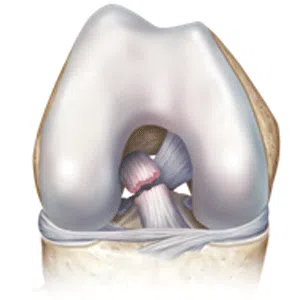
Anterior cruciate ligament (ACL) tear revision
-
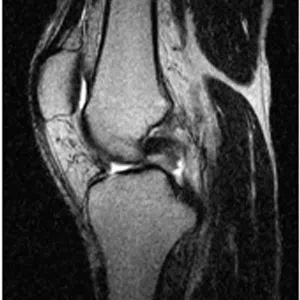
Posterior cruciate ligament (PCL) tear
-
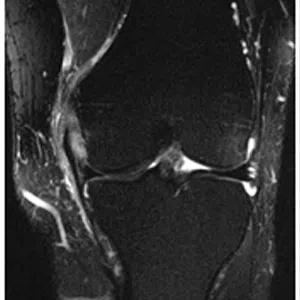
Medial collateral ligament (MCL) injury
-
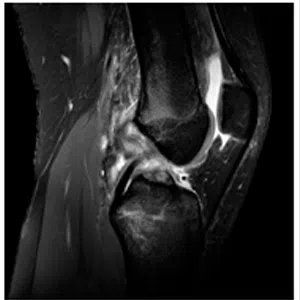
Multi-ligament tear
-
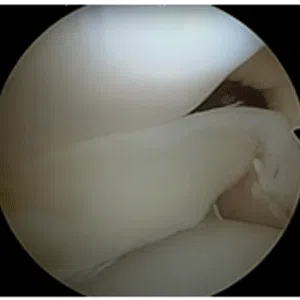
Meniscus tear
-

Meniscus root tear
-
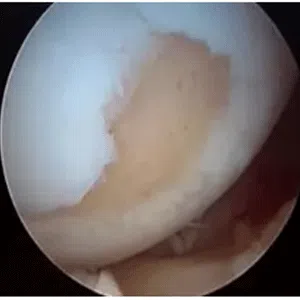
Cartilage injury – repair/ osteochondritis dissecans
-
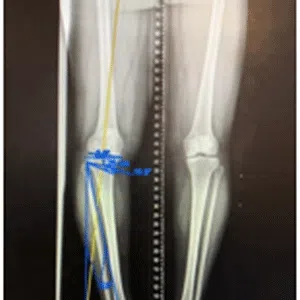
Knee deformity or malalignment – varus/ valgus/ rotational
-
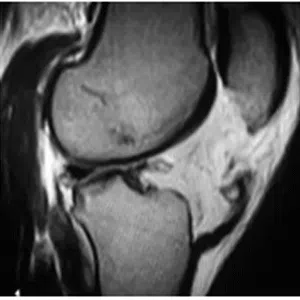
Patellar tendon tear
-
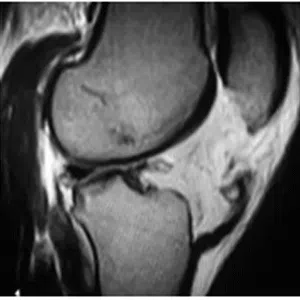
Quadriceps tendon tear
-
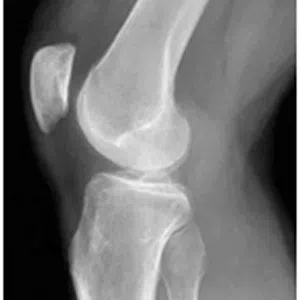
Patellofemoral instability
-
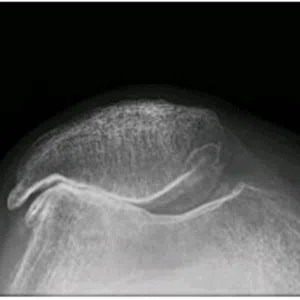
Patellofemoral arthritis
-
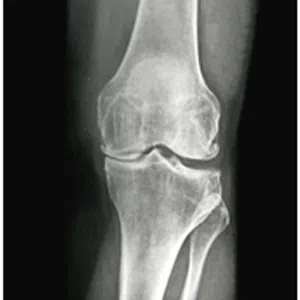
Knee arthritis in young
-
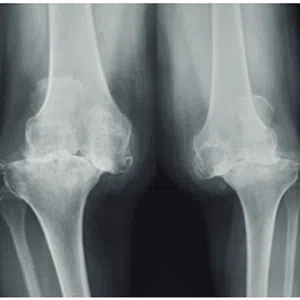
Knee arthritis
-
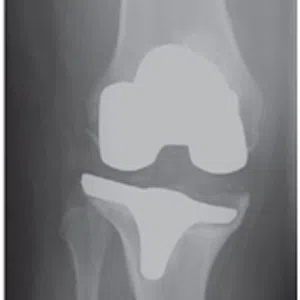
Failed primary total knee replacement
-
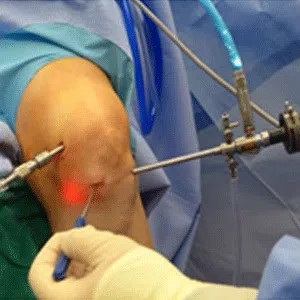
Joint preservation surgery
-
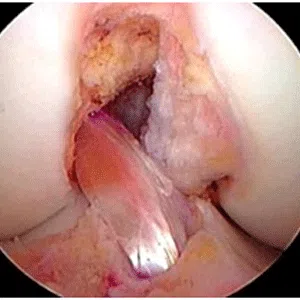
Arthroscopic ACL repair/ reconstruction/ Revision ligament reconstruction
-

Arthroscopic PCL reconstruction
-
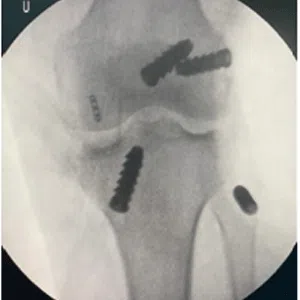
Multi-ligament reconstruction
-
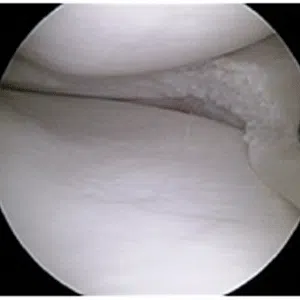
Meniscus surgery –partial meniscectomy/ repair (root tear/ rim lesion)
-

Meniscus transplant
-
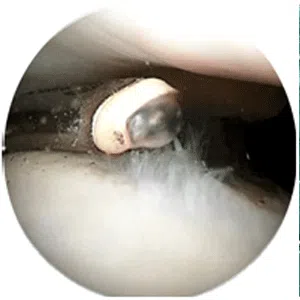
Chondroplasty
-
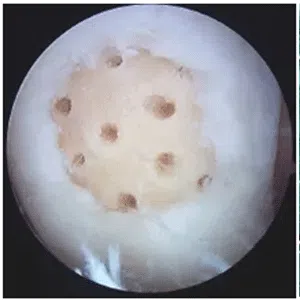
Microfracture
-
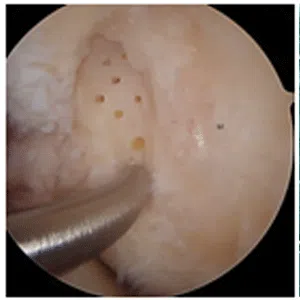
Nanofracture
-
BMAC
-
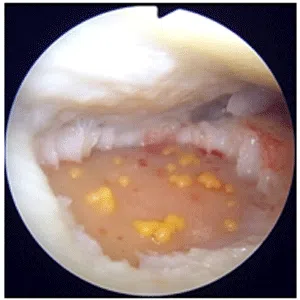
Autologous chondrocyte implantation (ACI)
-

Osteochondral Autologous Transfer Surgery (OATS) or mosaicplasty
-
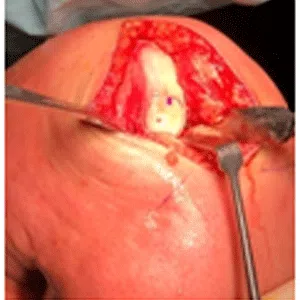
Osteochondral allograft transplant
-
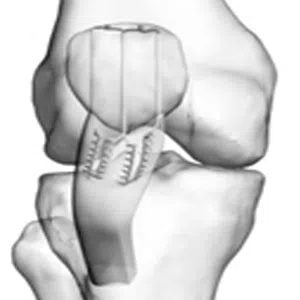
Patellar tendon repair/ quadriceps tendon repair
-

MPFL reconstruction
-

Tibial tuberosity transfer
-
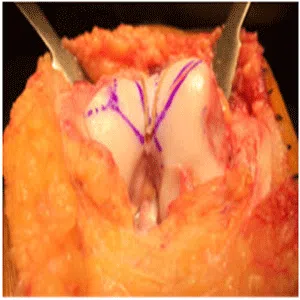
Trochleoplasty
-

De-rotation or rotational osteotomy (Proximal tibial/ Distal femur)
-
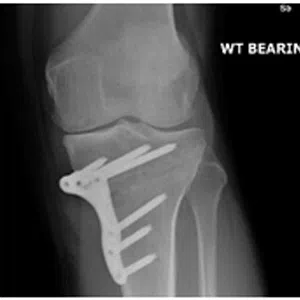
High tibial osteotomy
-
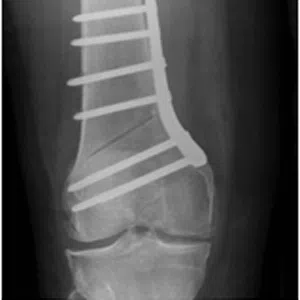
Distal femoral osteotomy
-
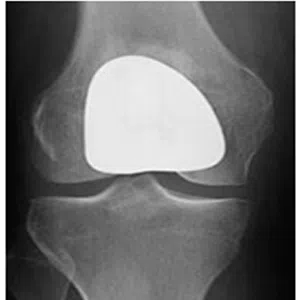
Patellofemoral joint replacement
-
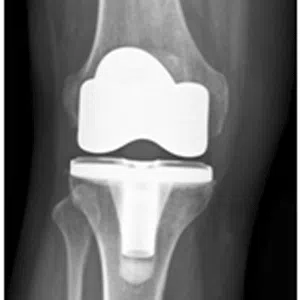
Total knee replacement




